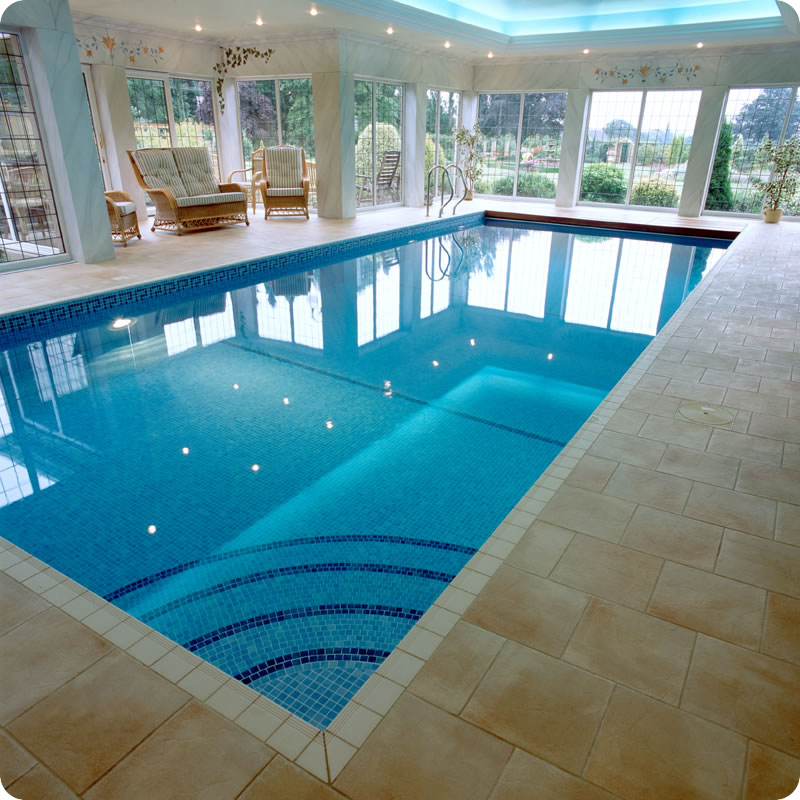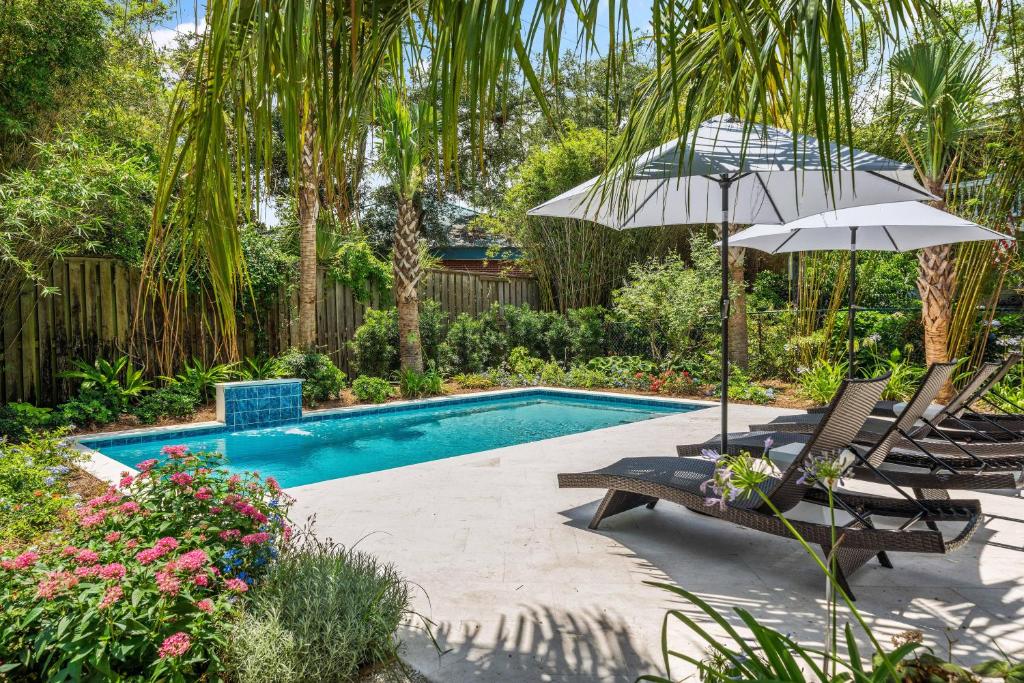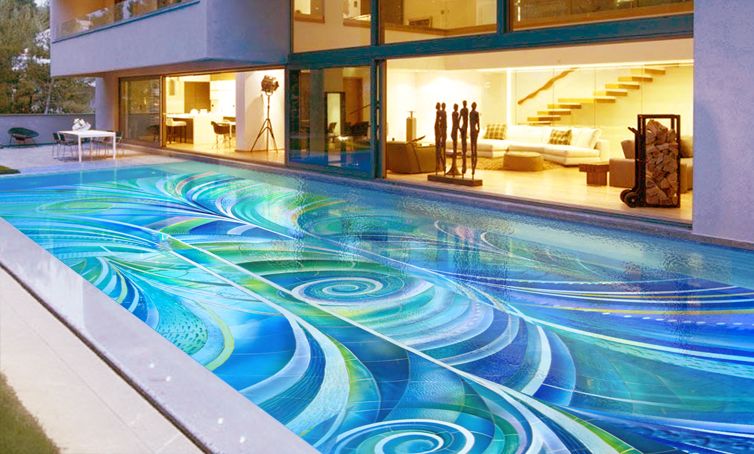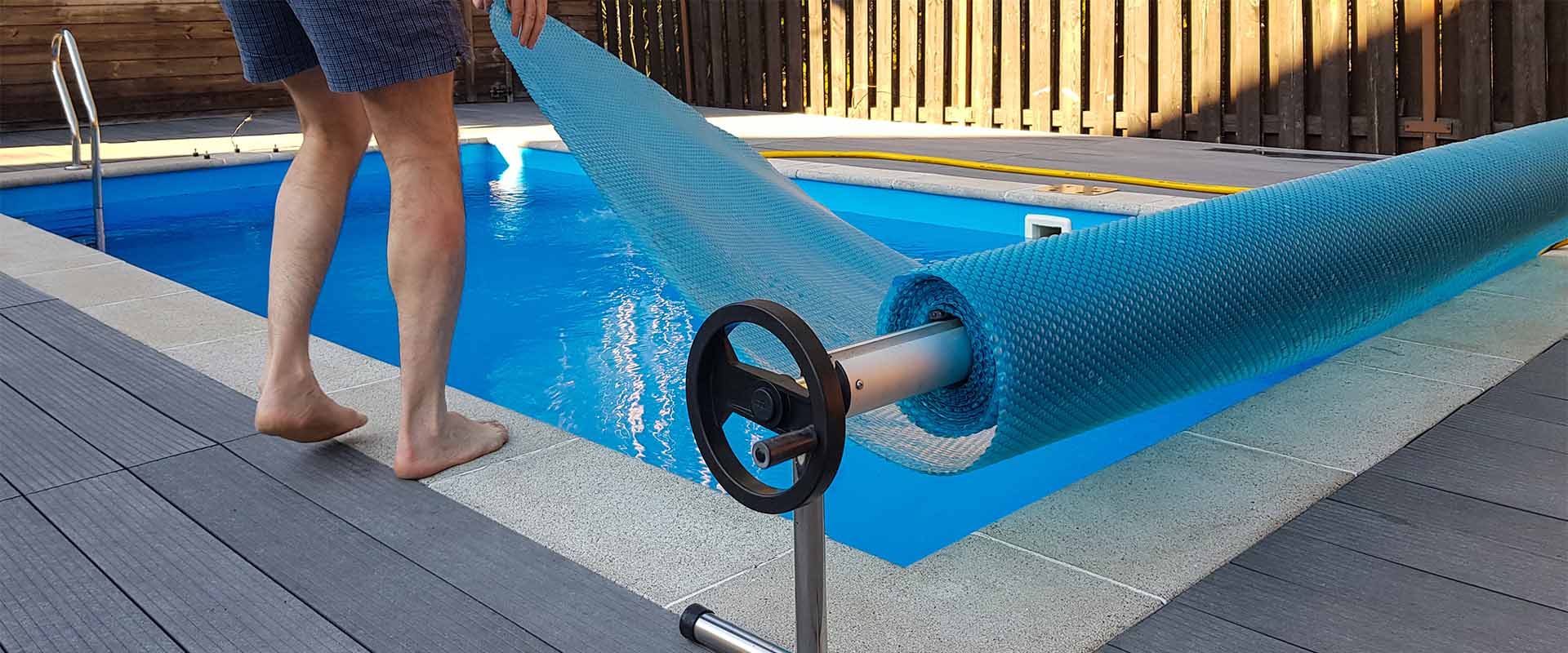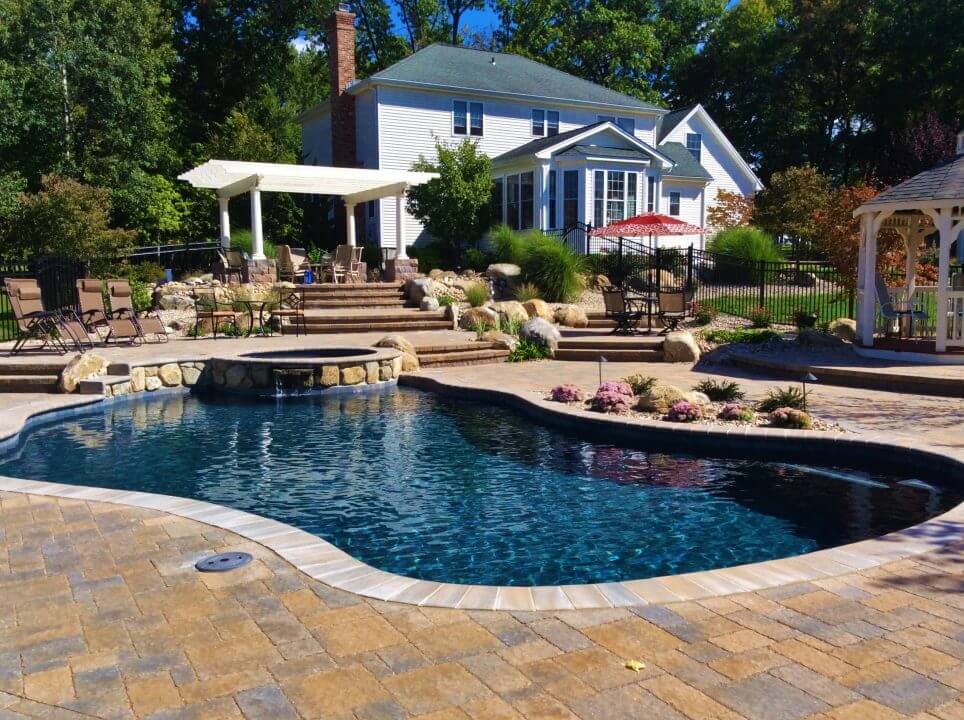There are many benefits to owning and operating a saltwater pool. These pools are often cheaper to own and easier to maintain. Wholesalers often offer surplus inventory, customer returns, overstock, and refurbished merchandise that is sourced from top retailers that can help you maintain and enjoy your saltwater pool. According to a swimming pool contractor in New Jersey, saline is often more comfortable for your skin and eyes, salt chlorination is easy to maintain – no measuring and mixing, it generates its own chlorine and saves money on chemicals.

Saltwater pools use a salt chlorine generator. This means that instead of adding chlorine to the pool water, you add salt, and the generator converts the salt to chlorine. It’s called a saltwater pool because you add salt to the water at a level high enough to allow the machine to function.
You can purchase necessary supplies in larger quantities through liquidation companies that offer products like Walmart wholesale. Although there are fewer steps required to maintain this type of pool, there are still some measure to take for optimal success. You need to do regular maintenance to keep the water clean and swimmers safe.
Daily maintenance
Always remove debris such as leaves, insects, and sand from the saltwater pool daily. Left untreated, swimming pool water soon turns murky and green. Protozoa and algae thrive in aquatic environments; viruses, bacteria, and other contaminants turn water toxic. Always scoop debris out with a net and use a swimming pool vacuum cleaner.
Perform Weekly Tests
The chlorine and pH should be tested on a weekly basis. The water can be tested using test strips or a drop test kit. Test strips have treated pads on them that react with the natural chemicals in salt chlorinated water.

Chlorine levels can be adjusted by the output control box or cell. The pH value can be lowered with muriatic acid or raised with soda ash or sodium bicarbonate. If the salt levels drop too low, the pool water will not be able to produce chlorine. Sunlight is a highly effective way to reduce the amount of chlorine in your pool; UV rays break down the chlorine and allow it to evaporate. Leave your pool uncovered and expose it to direct sunlight.
Perform Monthly Tests
Perform monthly tests — you should test on a monthly basis for each of the following: salt, alkalinity, stabilizer, and calcium. Test strips from a drop test kit can be used to used to perform these tests. Most salt chlorinators will provide a test reading, but it’s a good idea to test the salt yourself in case to salt chlorinator needs to be recalibrated.
Inspect Salt Cell
To maintain maximum performance, it is recommended that you open and visually inspect the salt cell every three months. Most salt chlorinators will remind you to do this by flashing an “inspect cell light” on the control box. Once the cell is off, inspect it for scale buildup or debris that may have bypassed the filter. Mineral deposits can bridge the space between the metal plates, and not just in hard water areas. If any deposits are visible, remove them; sometimes a mild acid bath is required. After pool cleaning, replace the cell.
Winterize Salt Chlorinator
The flow switch and salt cell be removed from the plumbing and stored inside. There are dummy cells available that can go in place of the real salt cell during the winter months. The control box can remain installed, even during freezing temperatures. In warmer climates, where winterizing is not necessary, run the pump continuously if a one-off freeze is expected.
